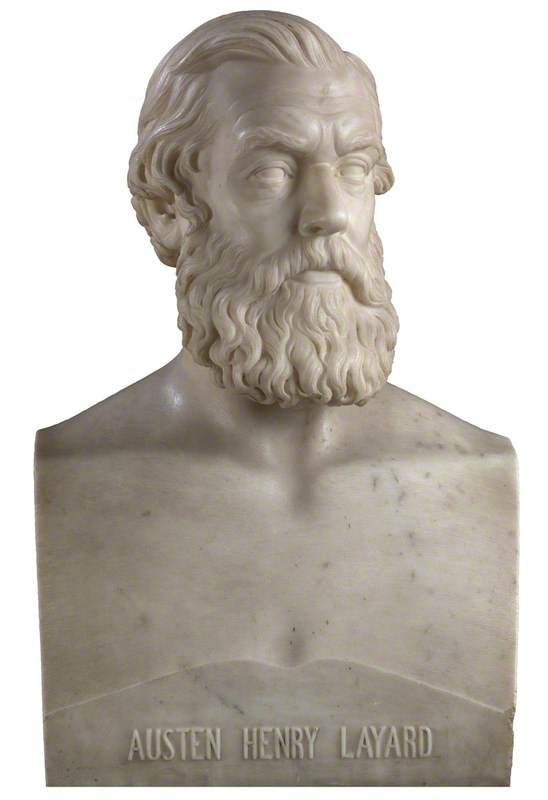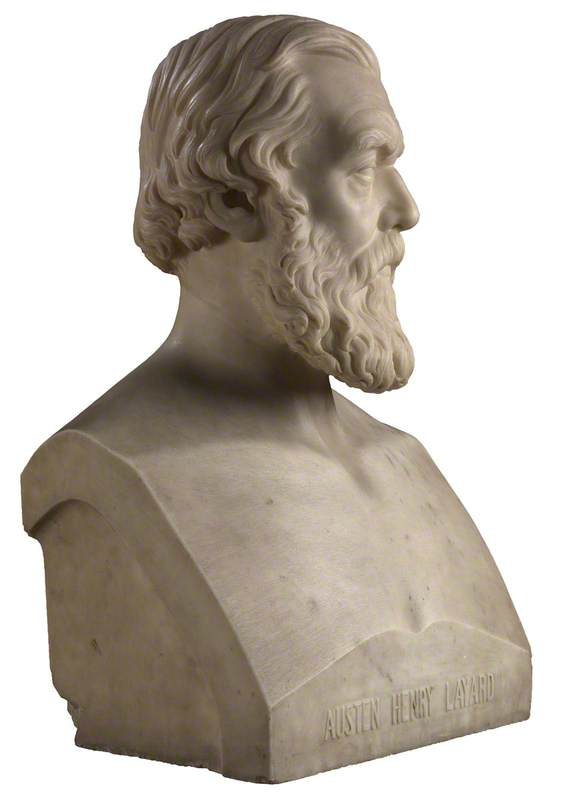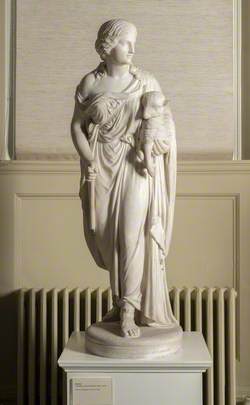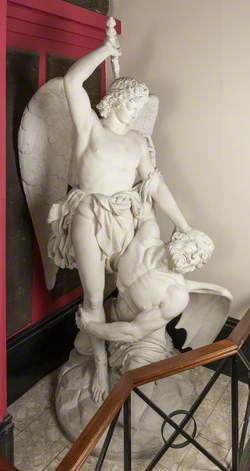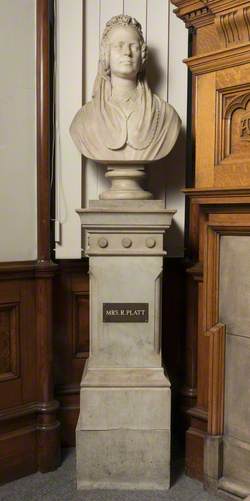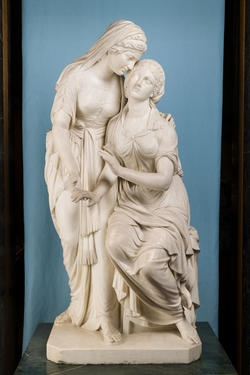How you can use this image
This image can be used for non-commercial research or private study purposes, and other UK exceptions to copyright permitted to users based in the United Kingdom under the Copyright, Designs and Patents Act 1988, as amended and revised. Any other type of use will need to be cleared with the rights holder(s).
Review the copyright credit lines that are located underneath the image, as these indicate who manages the copyright (©) within the artwork, and the photographic rights within the image.
The collection that owns the artwork may have more information on their own website about permitted uses and image licensing options.
Review our guidance pages which explain how you can reuse images, how to credit an image and how to find images in the public domain or with a Creative Commons licence available.
Buy a print or image licence
You can purchase this reproduction
If you have any products in your basket we recommend that you complete your purchase from Art UK before you leave our site to avoid losing your purchases.
Notes
Add or edit a note on this artwork that only you can see. You can find notes again by going to the ‘Notes’ section of your account.
Layard’s archaeological excavations in Assyria made his name while he was still only in his early thirties. Most of his massive finds from Nimrud and Nineveh now form the greater part of the British Museum’s collection of Assyrian antiquities.
He entered Parliament and held Cabinet office; served as ambassador in Madrid and Constantinople; became a Trustee of the National Gallery; and built up a large collection of paintings, mainly of works by Italian artists, most of which he bequeathed to the National Gallery.
Title
Sir Austen Henry Layard (1817–1894)
Date
1881
Medium
white Carrara marble
Measurements
H 64 x W 37 x D 25.5 cm
Accession number
NG5449
Acquisition method
presented by Vice-Admiral Arthur John Layard Murray, 1943
Work type
Bust
Inscription description
chiselled across lower front: AUSTEN HENRY LAYARD; across lower right edge: J. Warrington Wood / Sculpt Roma 1881
